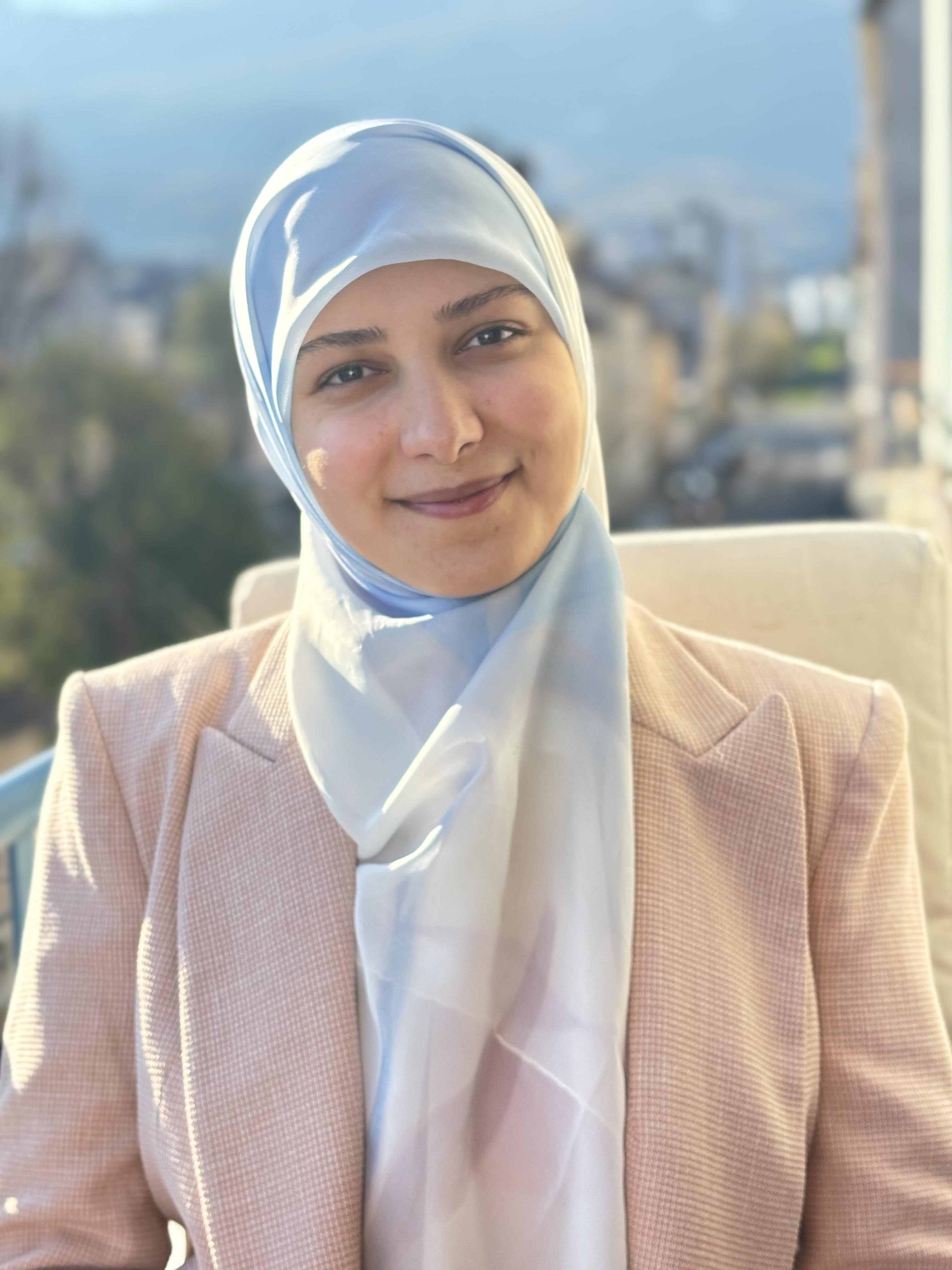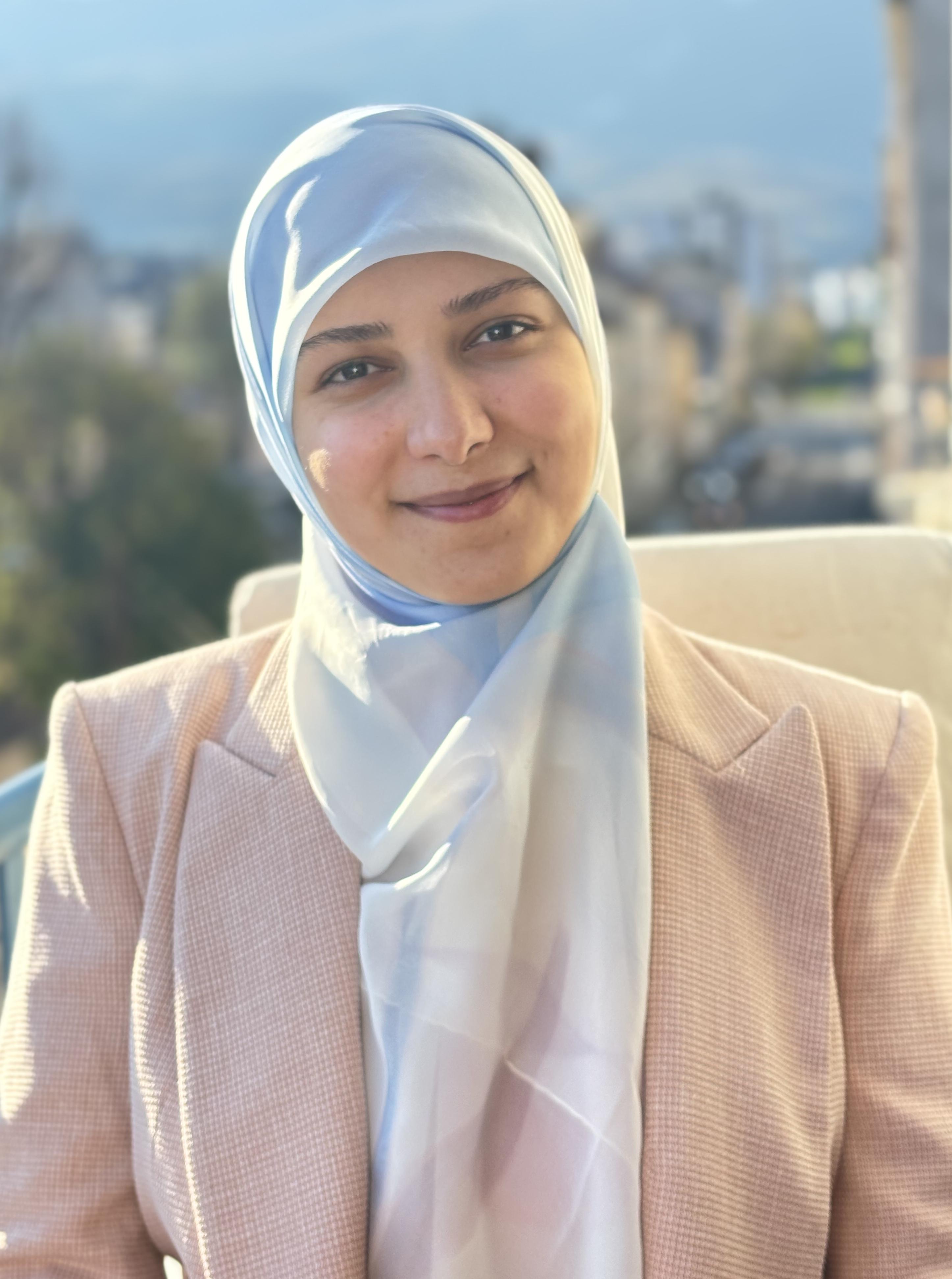
« Surface impact on protein fibrillation and adsorption: insights from a Barnacle-Inspired Amyloid Adhesive. »

cliquer pour voir la liste des membres du jury/clic here for the jury members
Abstract
Barnacles, marine organisms, have evolved unique protein-based adhesives that ensure strong
and durable adhesion in wet environments. They can firmly and permanently attach to various
surfaces such as rocks, wood, metals, and plastics by producing a protein-based cement (CPs) composed of amyloid fibers. These fibers are believed to enhance surface interactions and
improve the barnacle's adhesion. Although the exact mechanism of barnacle adhesion and its cement is not fully understood. Research indicates that one of the cement proteins, CP19K, located at the cement–substrate interface, can form amyloid fibers and likely plays a functional
role in adhesion.
Understanding the mechanism of barnacle adhesion provides important insights into barnacle fouling and may inspire the design of adhesive molecules to improve the mechanical performance of current underwater adhesives. This study investigates how surface properties influence barnacle adhesion by examining the effects of hydrophobicity, roughness, and atomic composition on the adsorption and fibrillation of the CP19K. A recombinant protein, M19, inspired by two key motifs in Mrcp19k (Megabalanus rosa CP19K), was used as a representative model. The M19 sequence was duplicated to create M19-2, while M19-4 contains four repeats of
the M19 sequence, aiming to highlight the functional significance of the inspired motifs.
Using techniques such as Enzyme-Linked Immunosorbent Assay (ELISA), fluorescence spectroscopy, and atomic force microscopy (AFM), we measured protein adsorption and analyzed the kinetics and morphology of the amyloid fibers formed by recombinant proteins on various surfaces. Focus was given to polymers such as polystyrene (PS), polyvinyl chloride (PVC), polypropylene (PP), and cyclic olefin copolymer (COC), which differ in surface chemistry, roughness, and hydrophobicity. These differences help clarify how surface properties affect amyloid fiber formation and protein adsorption.
Our results reveal that protein adsorption is governed not only by hydrophobicity but also by the chemical composition and electrostatic properties of the surface. Surface hydrophobicity and roughness primarily influences protein fibrillation, affecting both fiber formation efficiency and morphology. These findings confirm a strong relationship between surface properties, protein adsorption, fibrillation kinetics, and fiber morphology.
Membres du jury/ Jury members :
|
Pr |
M.André |
Centre for Protein Engineering, University of Liège, Liège (Belgium) |
Rapporteur |
|
Dr |
K.Lucie |
CBMN, CNRS, Université of Bordeaux, Bordeaux (France) |
Rapporteur |
|
Dr |
L.Vincent |
BCB, CNRS, University of Strasbourg, Strasbourg (France) |
Examiner |
|
Pr |
G.Olivier |
ERRMECe, CY Cergy Paris University, Cergy (France) |
Examiner |
|
Dr |
B.Aurélie |
SyMMES/CREAB, CEA, Grenoble (France) |
Examiner |
|
Dr |
C.Vendrely |
LMGP, CNRS, Grenoble INP Minatec, Grenoble (France) |
Thesis Director |
|
Dr |
P.Cédric |
ERRMECe, CY Cergy Paris University, Cergy (France) |
Thesis Co-director |
Grenoble INP – Phelma, 3 parvis Louis Néel - 38000 Grenoble, Building Z, Room 108, first floor
3 parvis Louis Néel - 38000 Grenoble
Ligne B - arrêt Cité internationale
Free entrance - No registration


